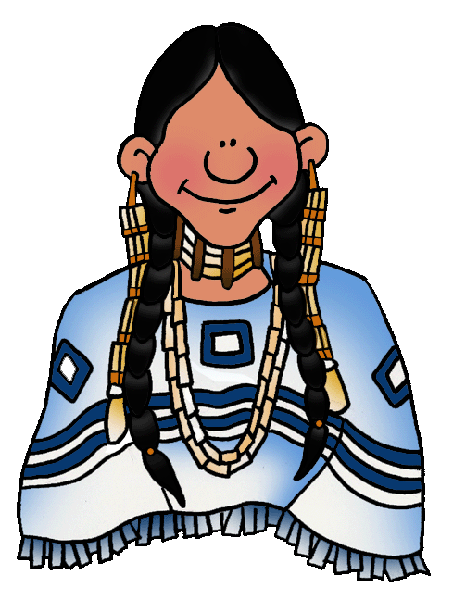Northwest Native American
The Northwest Native American tribes are believed to have originated when they crossed over the “land bridge” that once extended between Asia and Alaska over 12,000 years ago.
It’s thought that when the Europeans arrived in the 15th century AD, over 50 million people were living in the American continent, with 10 million living in what is now the United States.
These people migrated, moving both east and south, becoming diverse populations and cultures that sometimes shared similar living characteristics.

Where did they live?
The Northwest tribes lived in what is now Alaska, Oregon, British Columbia and the Yukon of Canada, Northern California, and the state of Washington.
The groups established permanent villages around 3,000 BC, mostly near peninsulas, rivers, and regional islands.
Anthropologists have divided the various tribes in North America into ten specific groups. Each group had its own traditions, skills, and some shared religious beliefs.
The Tribes
All of the tribes had a shared belief in the power of the spirits. Their philosophies included that spirits were found in nature and they only took from nature what they absolutely needed.
They did not think that people could own land, instead, it was shared by all and they were temporary caretakers of it.
Their religious leaders were called “Shamans,” and acted to speak to the spirits as well as being the healers of their tribes.
Weather
Weather conditions played a big part in the lifestyle of Native Americans. The cool coastal forests gave the Northwest Coast tribes much of what they needed.
The vast amount of spruce and cedar trees offered the ability to create large canoes, with the biggest fitting up to thirty people.
These groups were hunter gatherers, using their boats to hunt a lot of the sea life including whales, seals, and otters.
The native freshwater salmon were a major part of their diet, and was so important that they had special ceremonies for when the salmon returned from the ocean to spawn.
Facts about Northwest Native American
- Northwest Native Americans had such an abundance of natural resources that they created successful permanent villages, many made out of sturdy cedar.
- Some of the Northwest tribes chose to be more nomadic, moving further south as the weather got colder and using temporary shelters.
- Almost all of the Northwest Native people used totem poles to tell a story.
- The totems might include a family history, to honor a chief, to show off tribal status, or used to prop up the roof of their dwelling.
- Totem poles were covered in carved images that were tribe-specific; many were real creatures and some were supernatural such as the Thunderbird.
- The early Northwest Native Americans had a very rigid social structure, and is thought to be a lot more sophisticated than any tribes other than those found in Central America and Mexico.
- Personal status was important in the Northwest Native American life, and the closer you were to the village chief, the higher your status was.
- Status during this time was also confirmed by what you possessed. The more blankets, skins, canoes, shells, and even slaves that you owned, the higher the status in the tribe.
- One of the practices of the Northwest Native Americans was a tradition called “potlatch.” This is a gift-giving ceremony that is very elaborate and validates the divisions of the classes of the people.
What did you learn?
What is the name of the gift-giving ceremony that the Northwest tribes participated in?
Potlatch
What fish had ceremonies of celebration when it returned from the sea?
Salmon
What areas of the North American continent are considered as home to the Northwest Native Americans?
Alaska, Oregon, British Columbia and the Yukon of Canada, Northern California, and the state of Washington
What type of characteristics increased your status in Northwest Native American life?
Closeness to the chief and lots of possessions
How do anthropologists think people arrived in the Northwest area?
By walking across the land-bridge that once existed between Alaska and Asia



